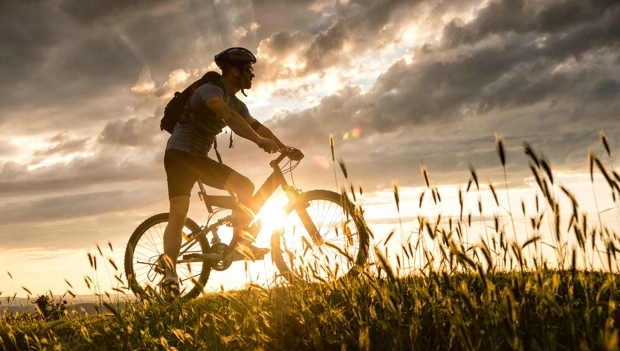
What do I need to do in order to improve my climbing abilities?
Once a week I ride a 15-kilometer climb with an 8- to 14 percent incline. Although I started this two years ago, I've never noticed a real improvement, even when I replaced my old ride (a stock Scott Speedster S2) with a lightweight (7.5kg) Specialized Roubaix Pro with DT Swiss 1450 wheels.
Cycling Events Near You
I also mountain bike, which includes pedaling to the top of the same mountain on a 34-pound rig. I expected that climbing on a heavy bike would give a boost to my leg-power.
I climb at a very slow cadence (40 to 55 rpm) on my road bike. I stay in the lowest gear during long climbs while my friends ride two to three cogs higher. I've also noticed that since I started road biking my legs have become skinnier. I was expecting my leg muscles to grow bigger.
Sometimes I feel pain on my knees too. A friend told me to try a compact crankset or a triple chainring setup, but I'm not sure if this is the solution. I am 1.80 meters tall, weigh 72kg and am in good shape with a low fat percentage, and I also swim and weight-lift to prevent injuries. Do I do something wrong?
— George, Greece
More: 9 Cycling Tips for Better Hill Climbing
Climbing is an art form that requires more of a mindset from a rider than it does strength and leg power. If superior climbing was simply a power-to-weight ratio, then big men, like Miguel Indurain could not have made their marks on the infamous European ascents of the Grand Tours.
Your letter and its mention of the mountain bike lead me to believe that your fitness is not the problem—nor do you need lower gearing. You do, however, need to abandon your mountain bike pedaling mentality and develop proper road bike climbing technique.
As far as your legs getting skinnier; it is natural for unneeded muscles to atrophy as a cyclist reaches peak fitness, especially in the calf area. The following five techniques have been helpful to me.
More: Mind Over Mountain: Mental Tips for Climbing
Lose the Mountain Bike Mentality
Rough ground and uncertain traction require a mountain biker to ride much lower gears than a road rider to remain efficient. Mountain bikers need to remain slightly below, not right at, their anaerobic threshold because they must conserve energy and recover from intense maximum-output bursts of power needed to cope with technical sections of the climbs.
The road rider has the benefit of a smooth surface and gradually changing gradients, so it is not necessary (nor wise) to exceed the anaerobic threshold. The road climber combines powerful, rhythmic breathing with an unyielding focus on power output at every degree of the crank revolution, so that pedaling pressure never exceeds (or drops below) the anaerobic threshold.
Tip: The regulation of power is more important than a specific cadence RPM for a road climber.
More: Improve Your Bike Climbing Skills


